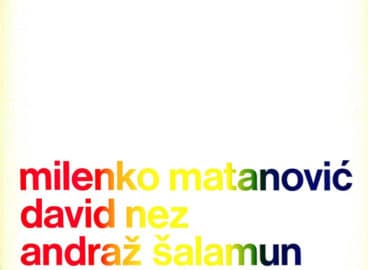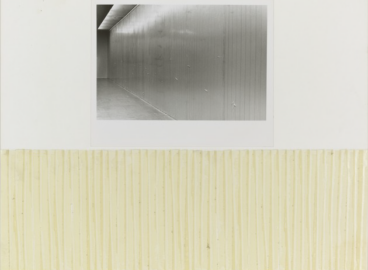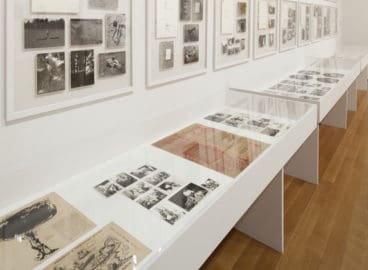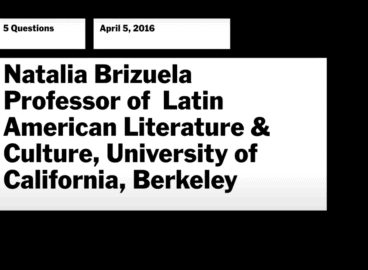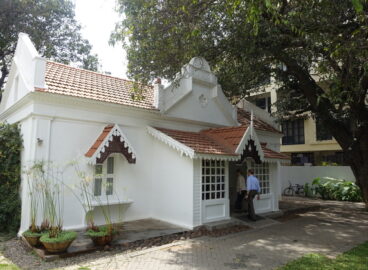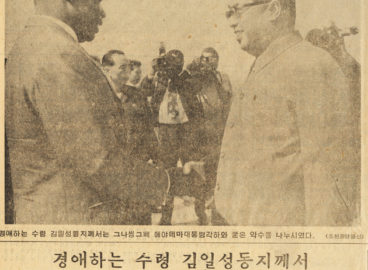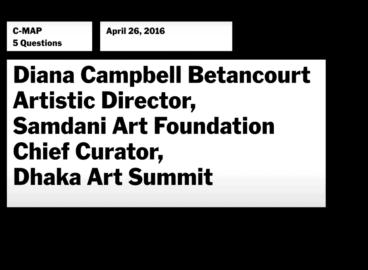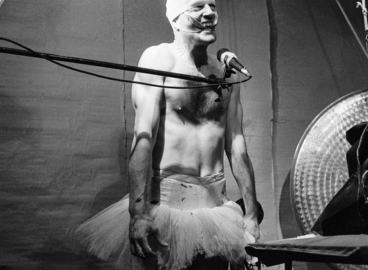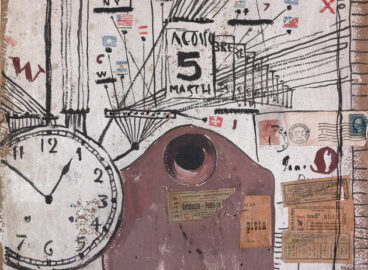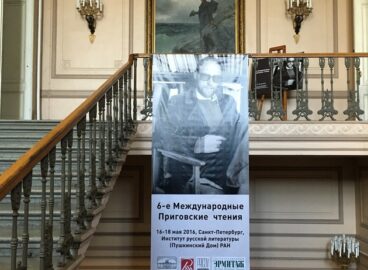OHO Group Members’ Newly Translated 1969 text: “An Interview with Milenko Matanović and Tomaž Šalamun”
Translated from Serbo-Croatian into English here for the first, this interview was published in the 1969 catalog of the exhibition Milenko Matanović, David Nez, Andraž Šalamun, Tomaž Šalamun that took place at the Gallery of Contemporary Art in Zagreb.
